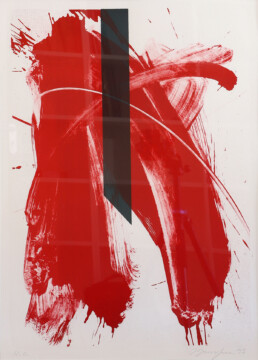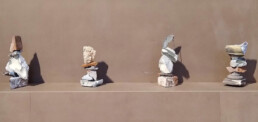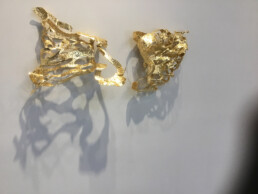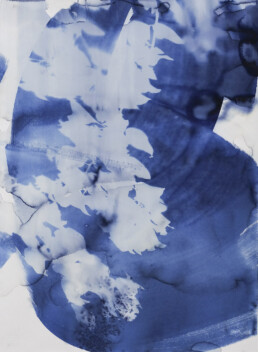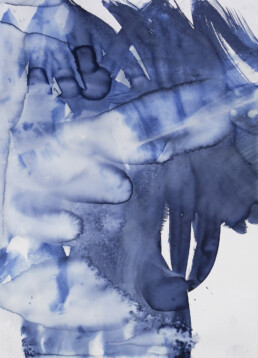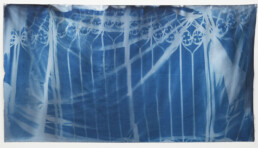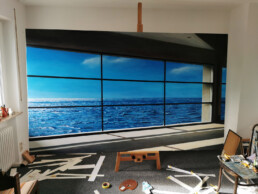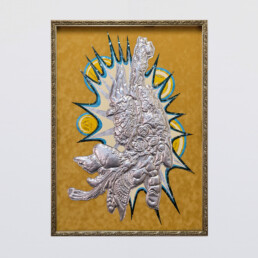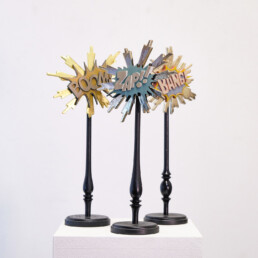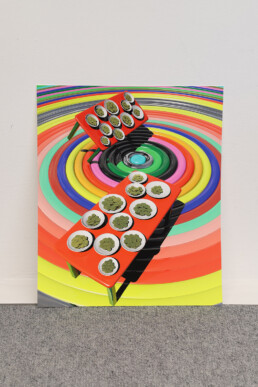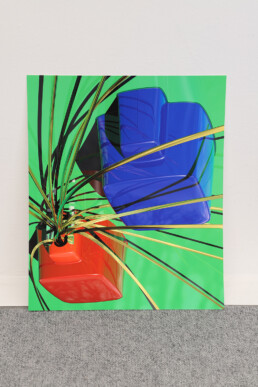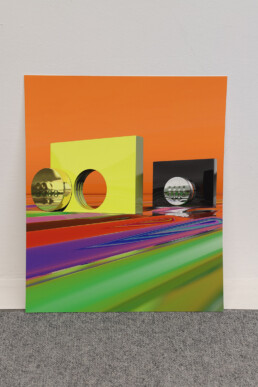In January 2022, the new work area Contemporary Art and Art Education was founded.
The communication of Christian content through dialogue is an important pillar of the Diözesanmuseum Rottenburg. The work area Contemporary Art and Art Education deepens this dialogue by following the following objectives:
Establishment of a »contemporary art« collection area
The group of people who are familiar with traditional Christian iconography is steadily decreasing. Contemporary art corresponds to the views of visitors, especially the younger generation. It often deals with existential and thus always religious questions, which can be used to build bridges: Bridges to traditional visual art, but also bridges to Christian religious content. The artworks in the collection deal with these anthropological-existential questions in a surprising, inspiring and often interpretative way, each of which bears witness to the depth of the artistic debate.
Promotion of artists
Art and the church have had a close relationship for centuries. Important commissions for the decoration of churches went to artists who were ahead of their time and quite provocative. As a traditional cultural institution, the church can continue to offer artists a platform for their work and a financial basis for their activities.
Advice for church congregations
The artistic furnishing of a church is not a marginal matter. On the contrary, a high standard of aesthetics visually expresses appreciation for the sacred space. Historical identity and new orientation are reflected in the furnishings in equal measure. Faith biography and current faith situation find expression in art. Contemporary art is therefore an important topic for the parishes of our diocese. The work area »Contemporary Art« supports the parishes in an advisory capacity and brings them into dialogue with artists in order to enrich traditional ensembles through the permanent or temporary introduction of contemporary art: The artworks set accents, provide food for thought, are impulses for new forms of devotion and reinforce or question traditional furnishings in the space.
In recent years, cooperation and networking with diocesan institutions has been constantly expanded and conceptually developed. Parishes can benefit from temporary loans of the new collection. In order to make this accessible to diocesan institutions, it has been digitally recorded and presented in the form of an online inventory from the very beginning.

